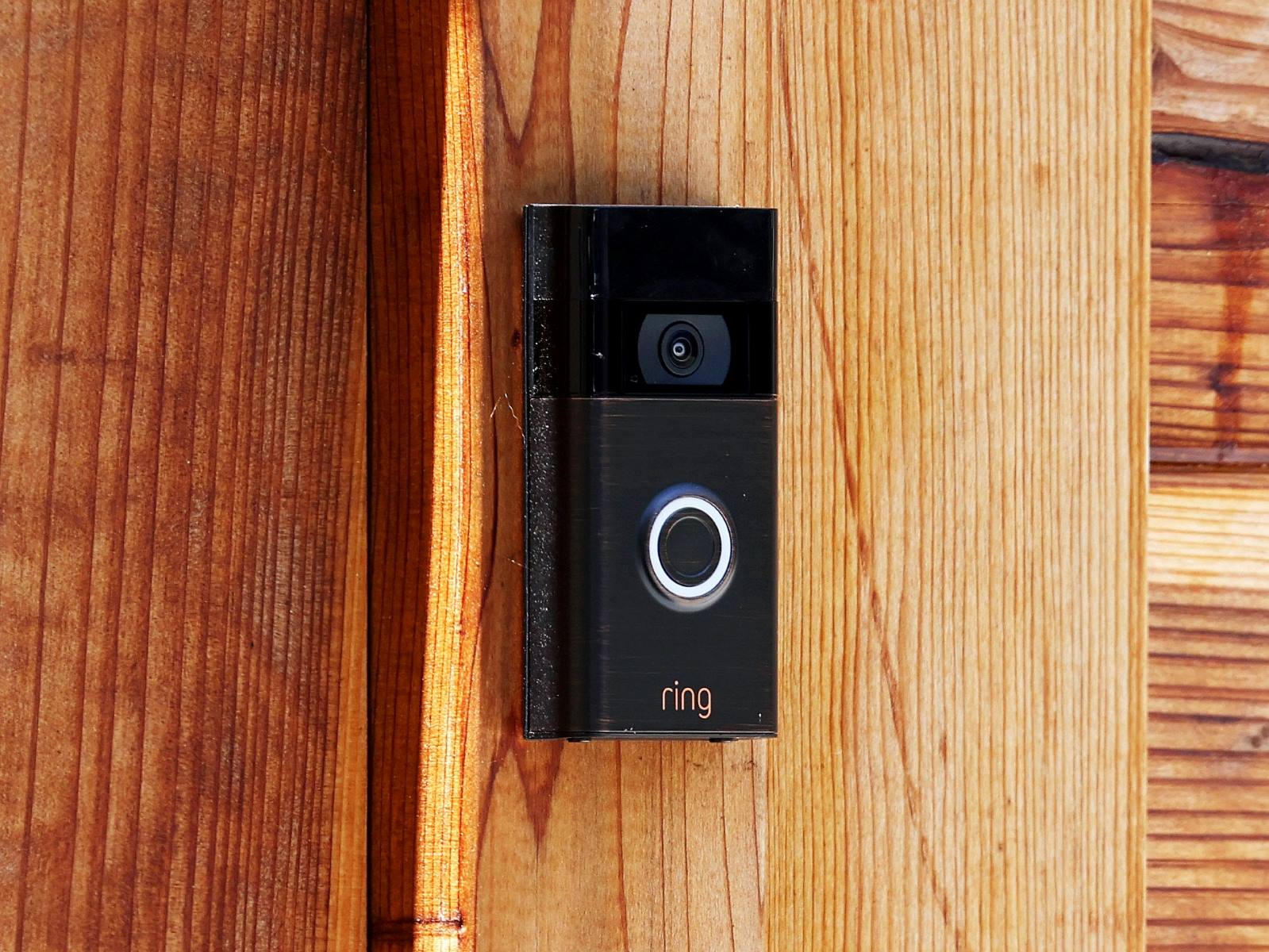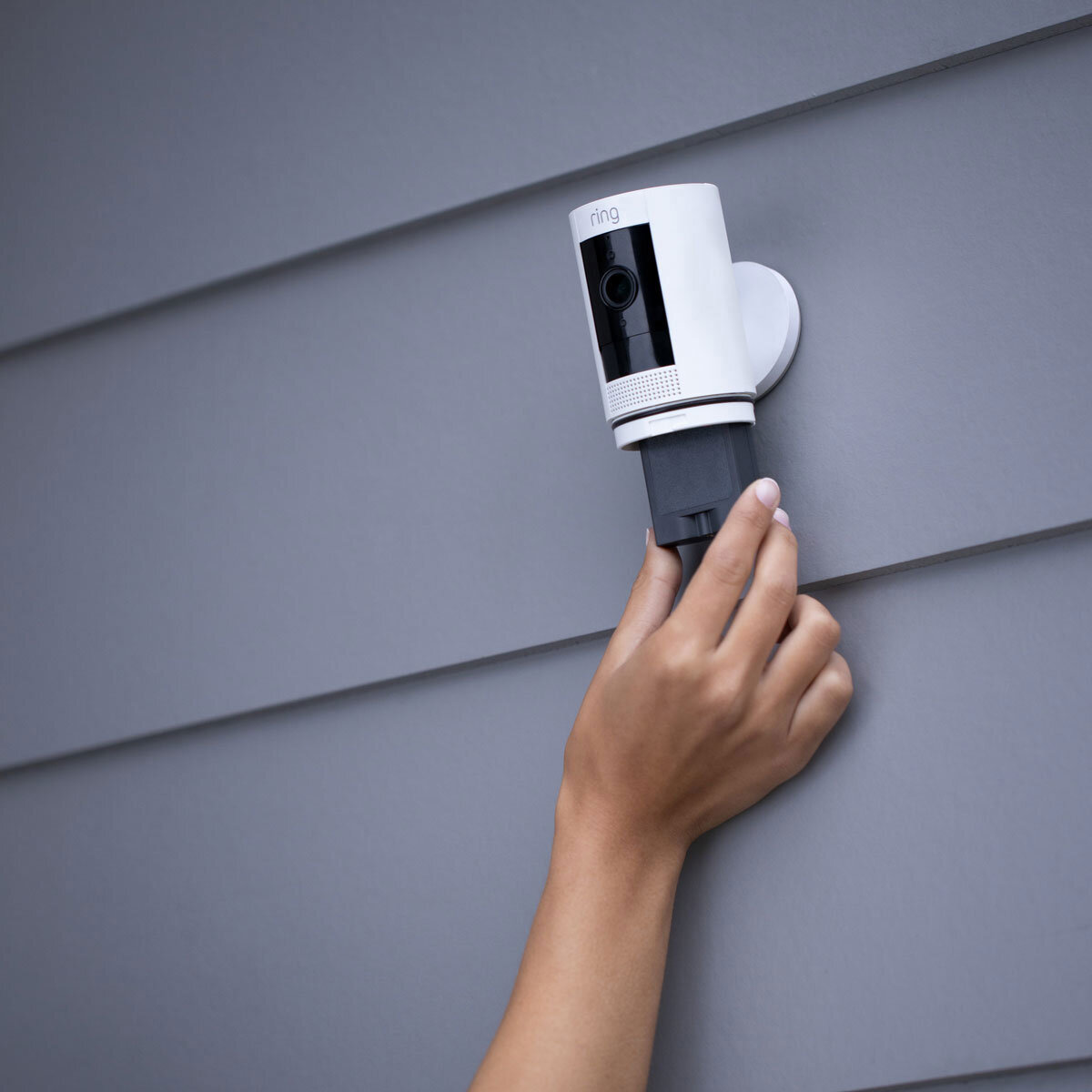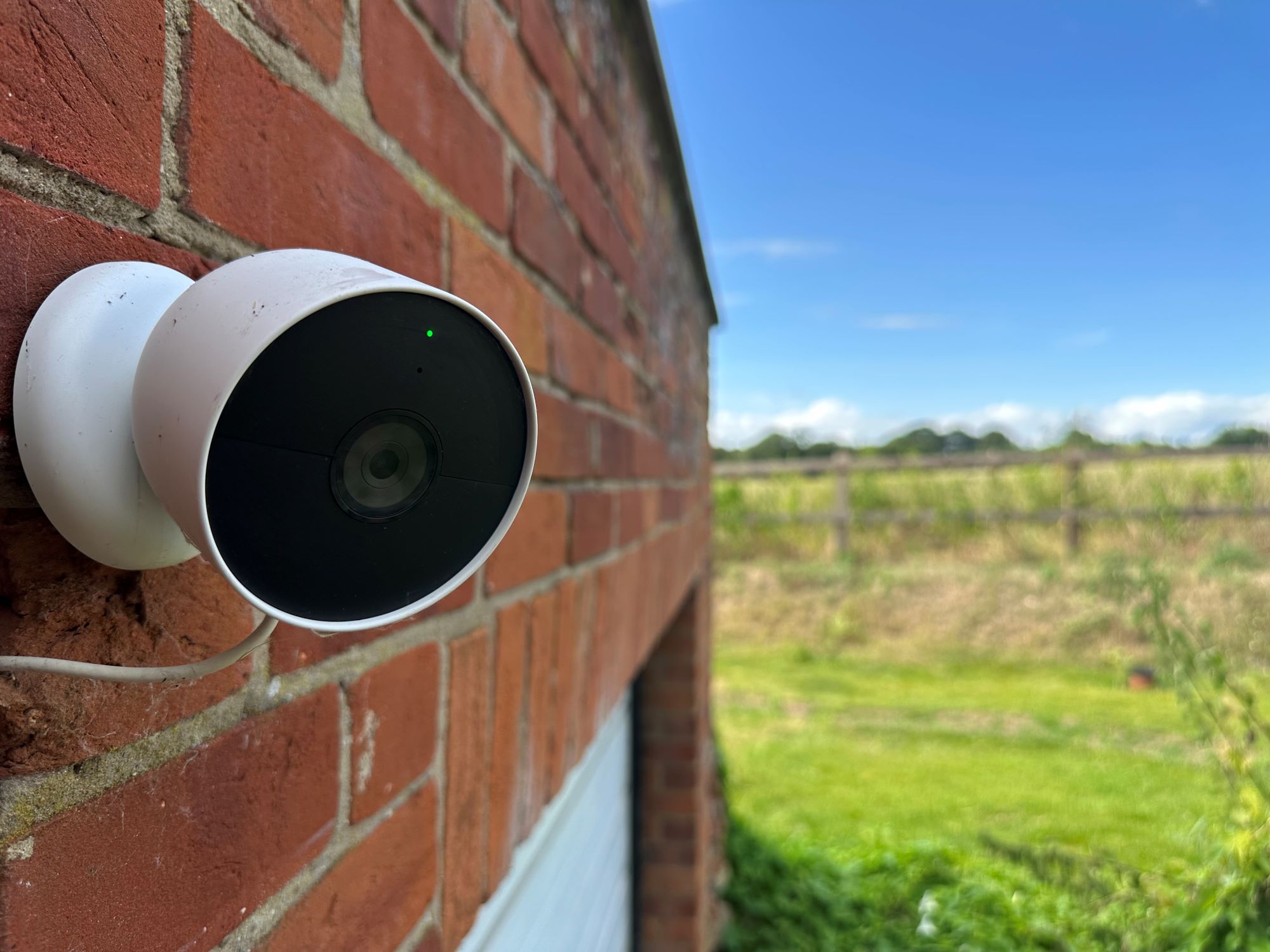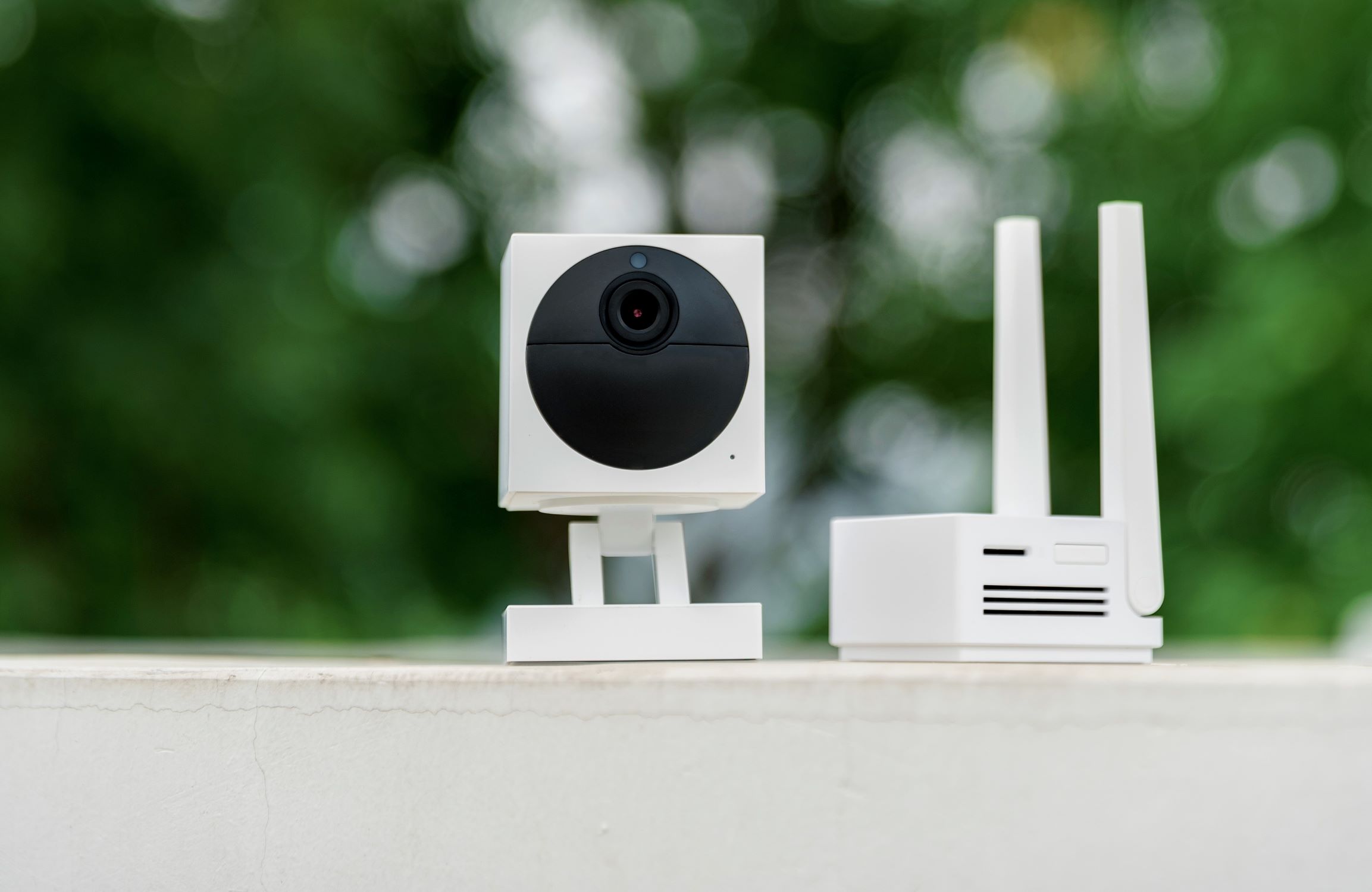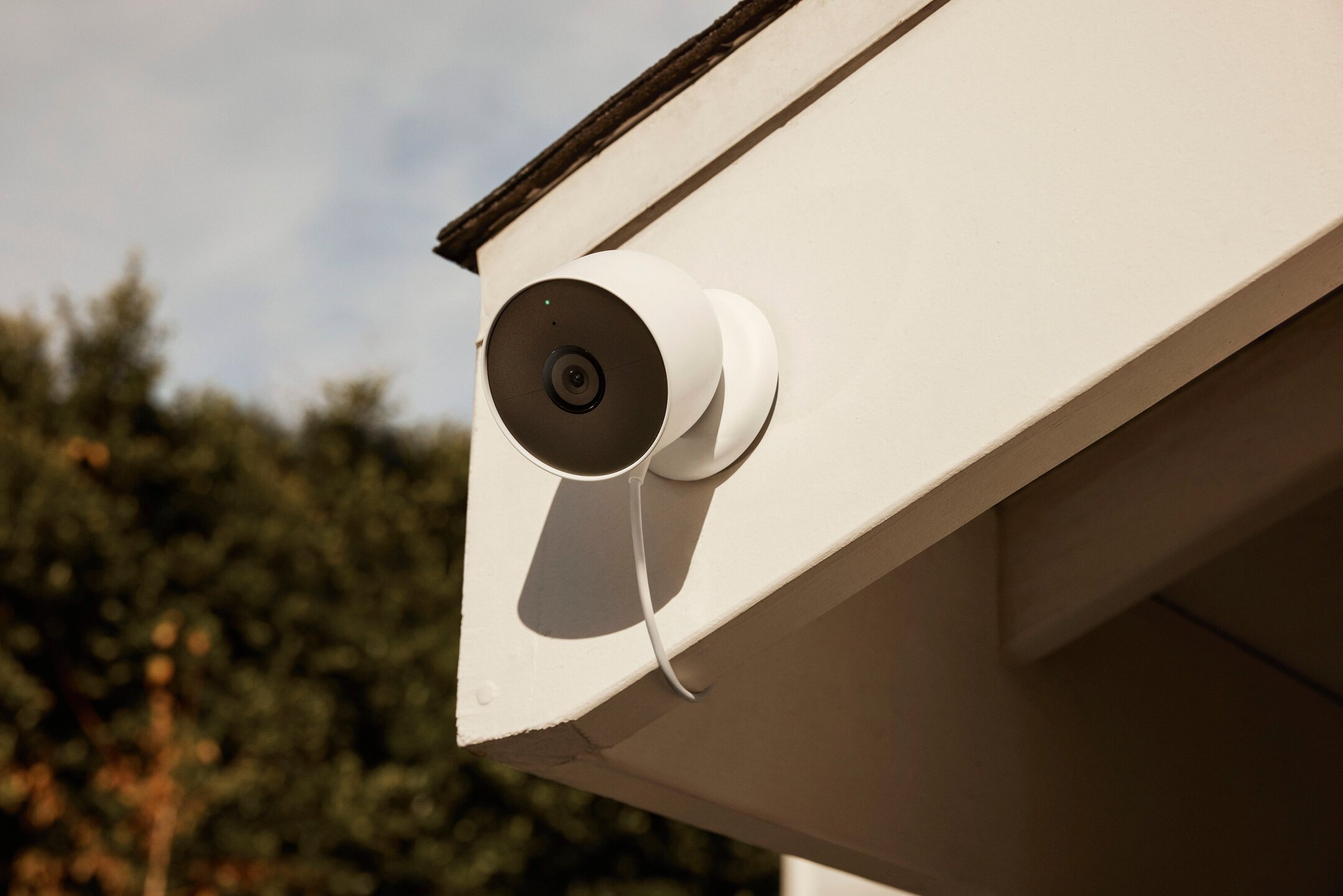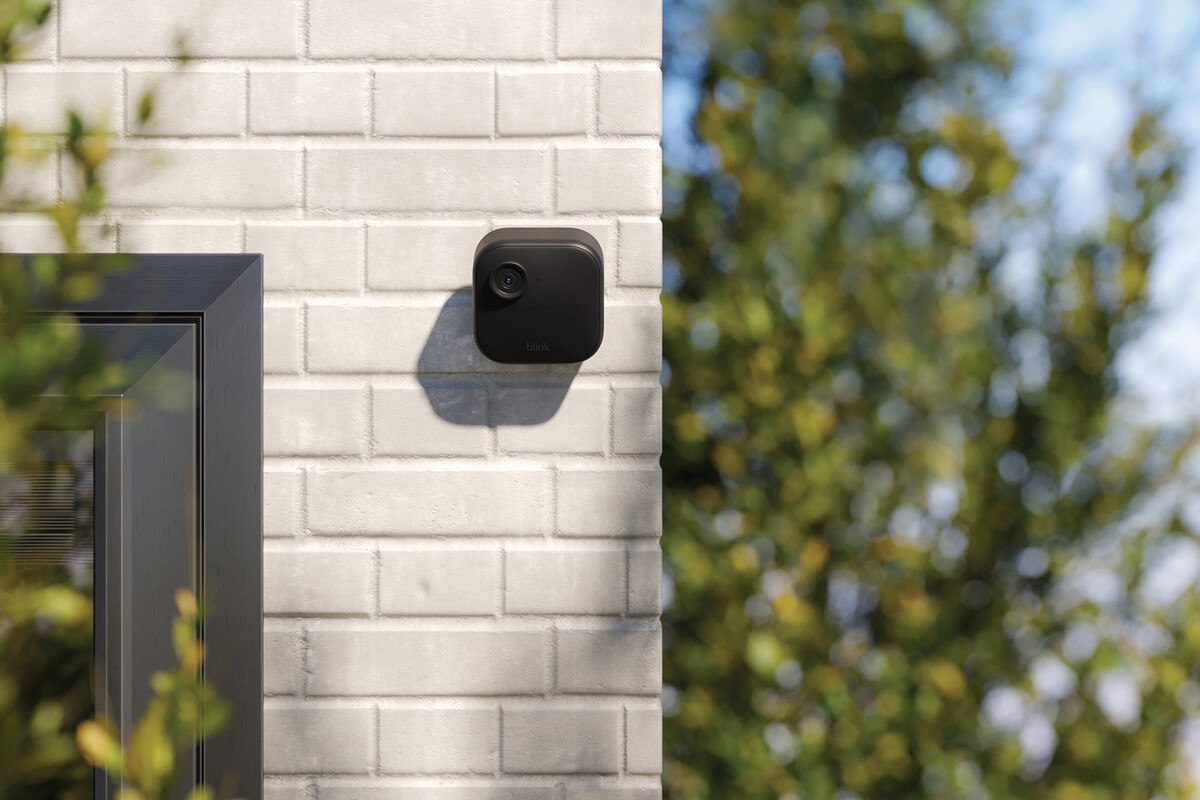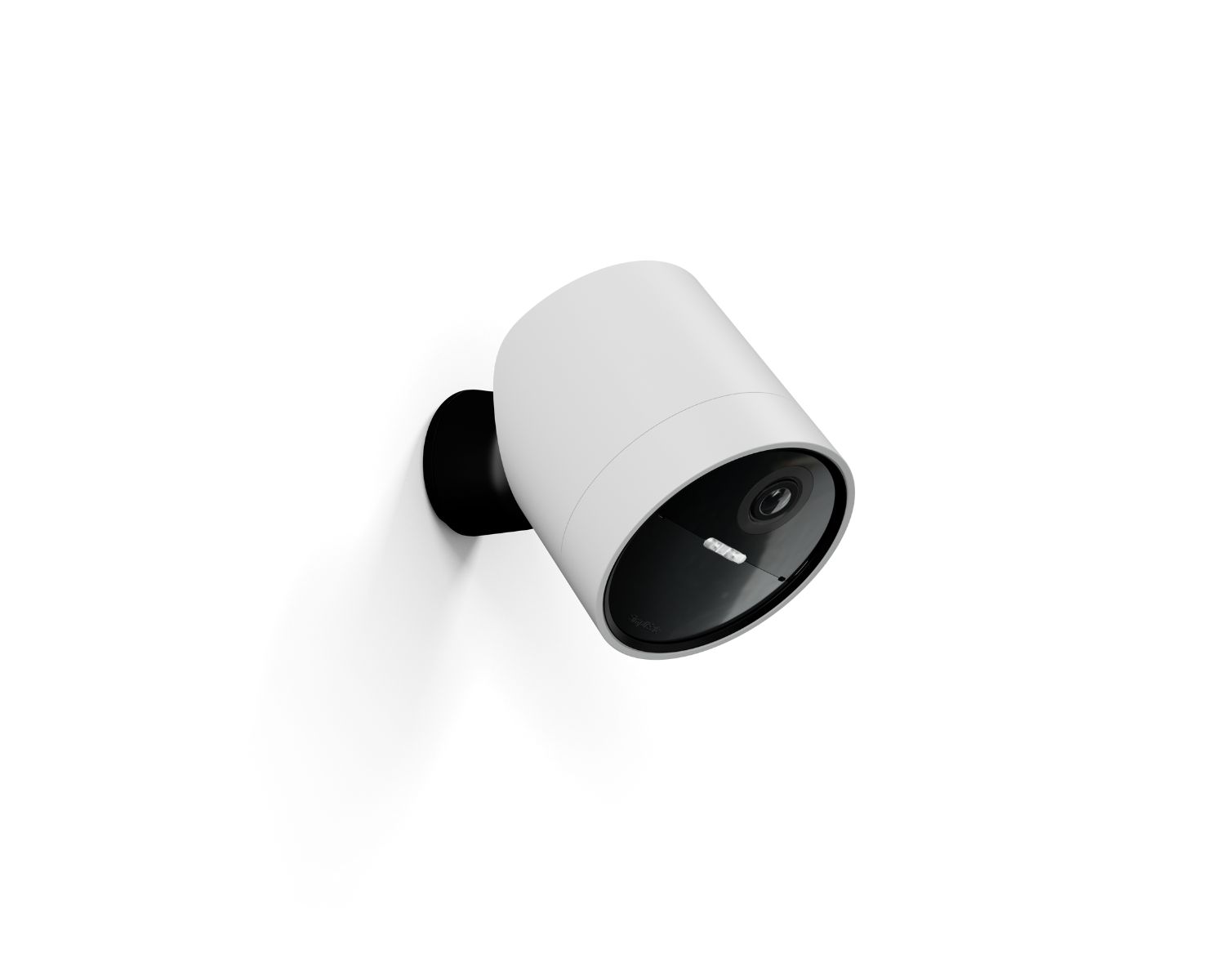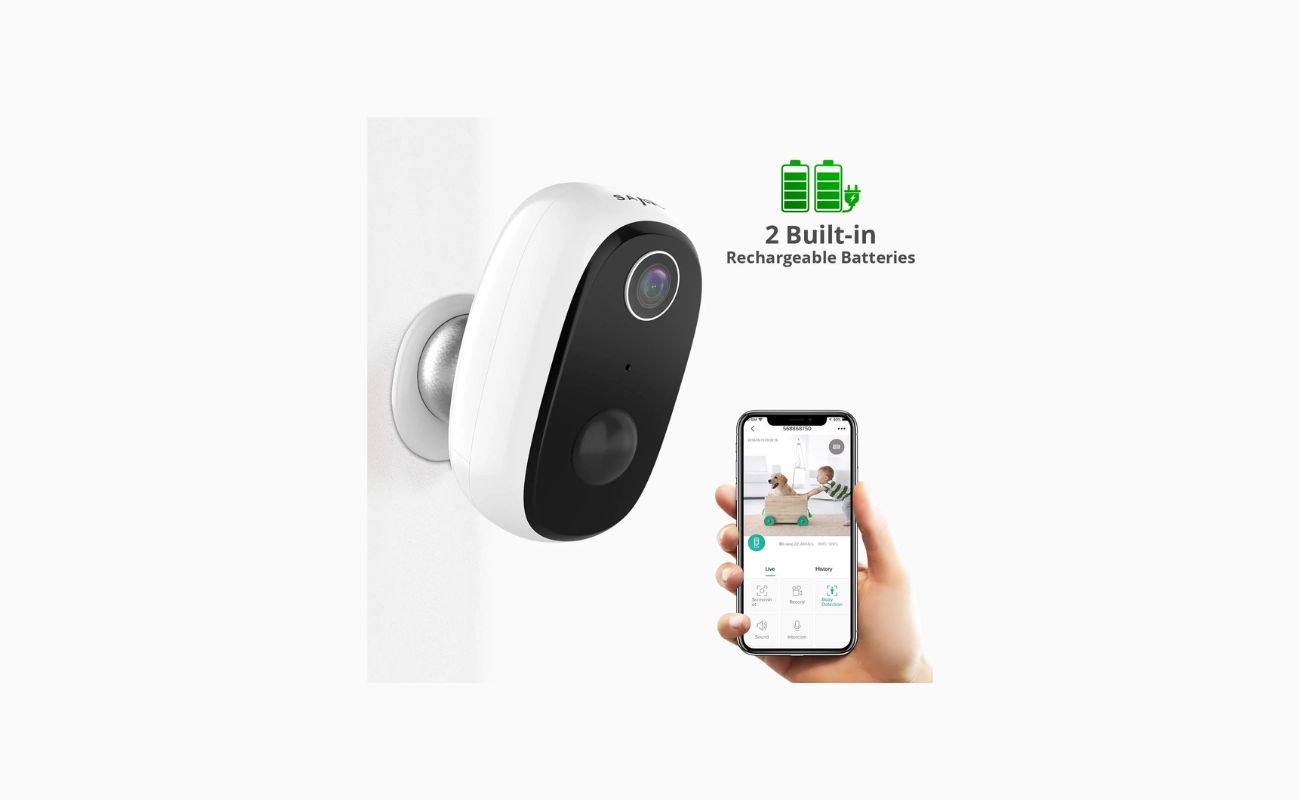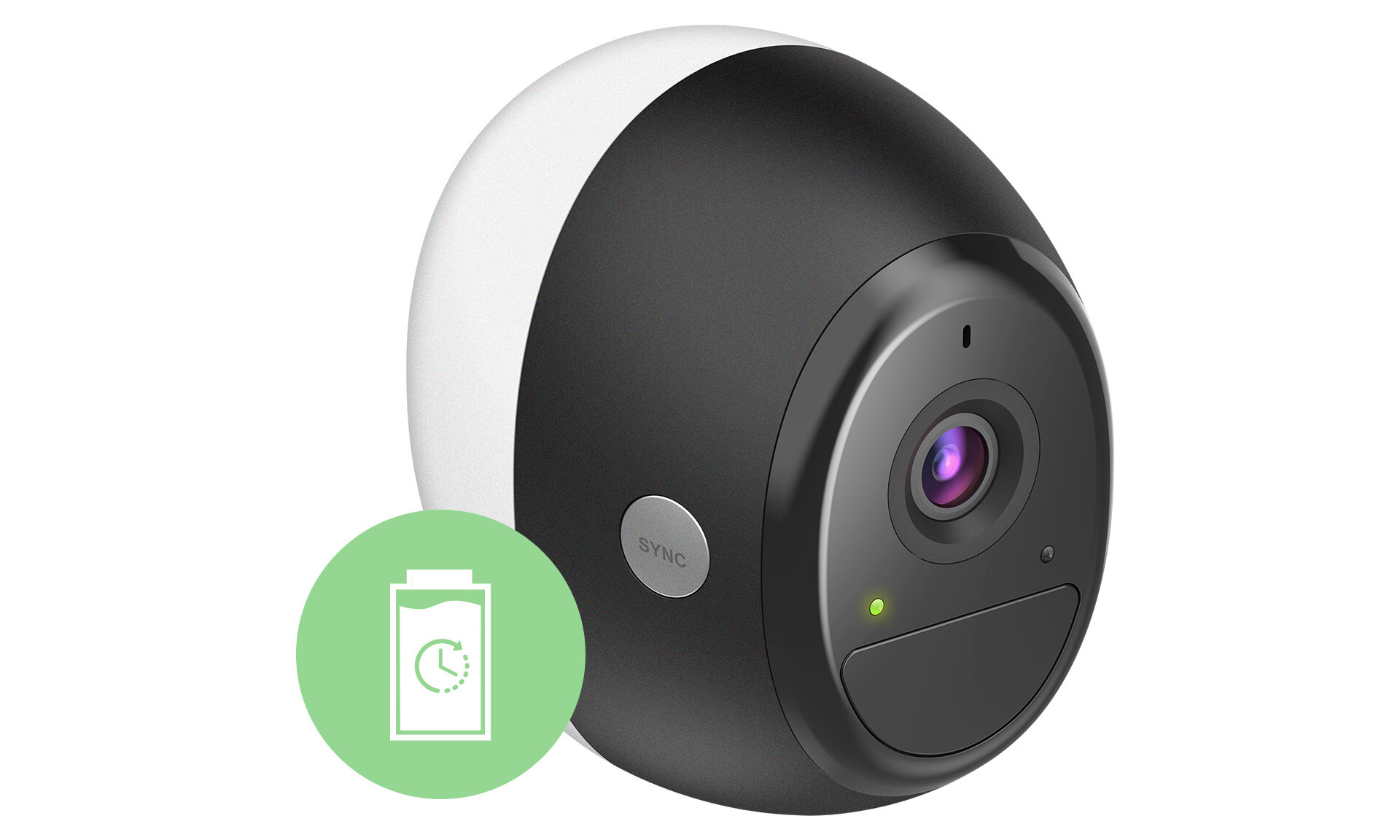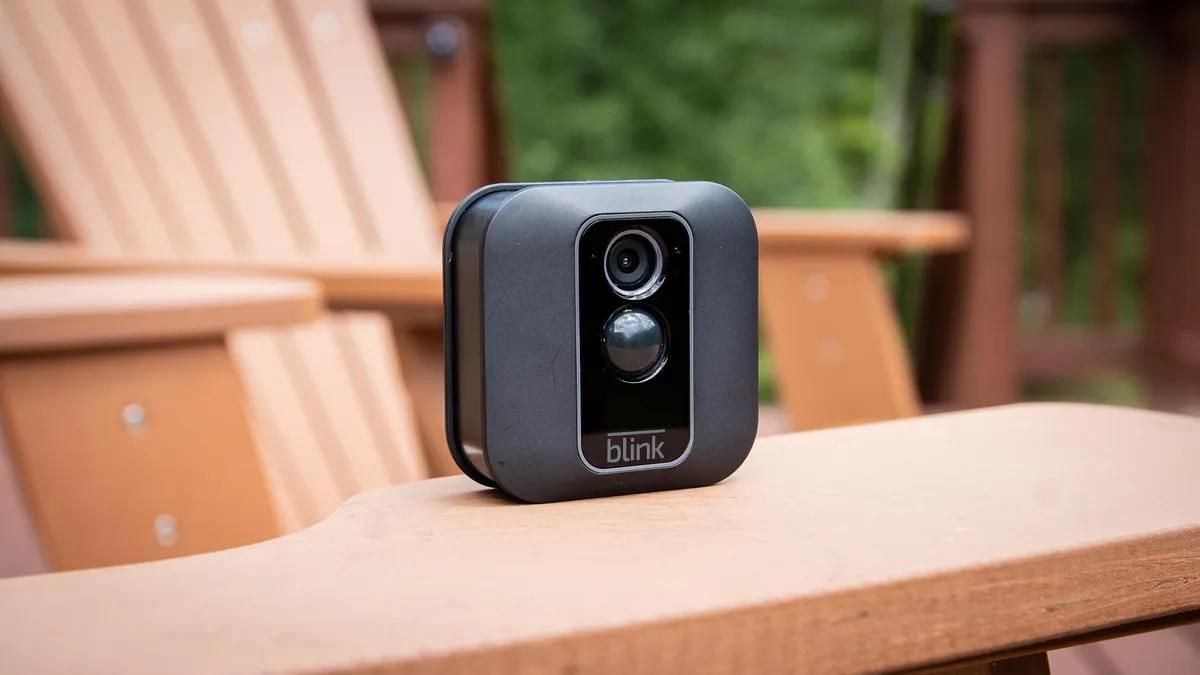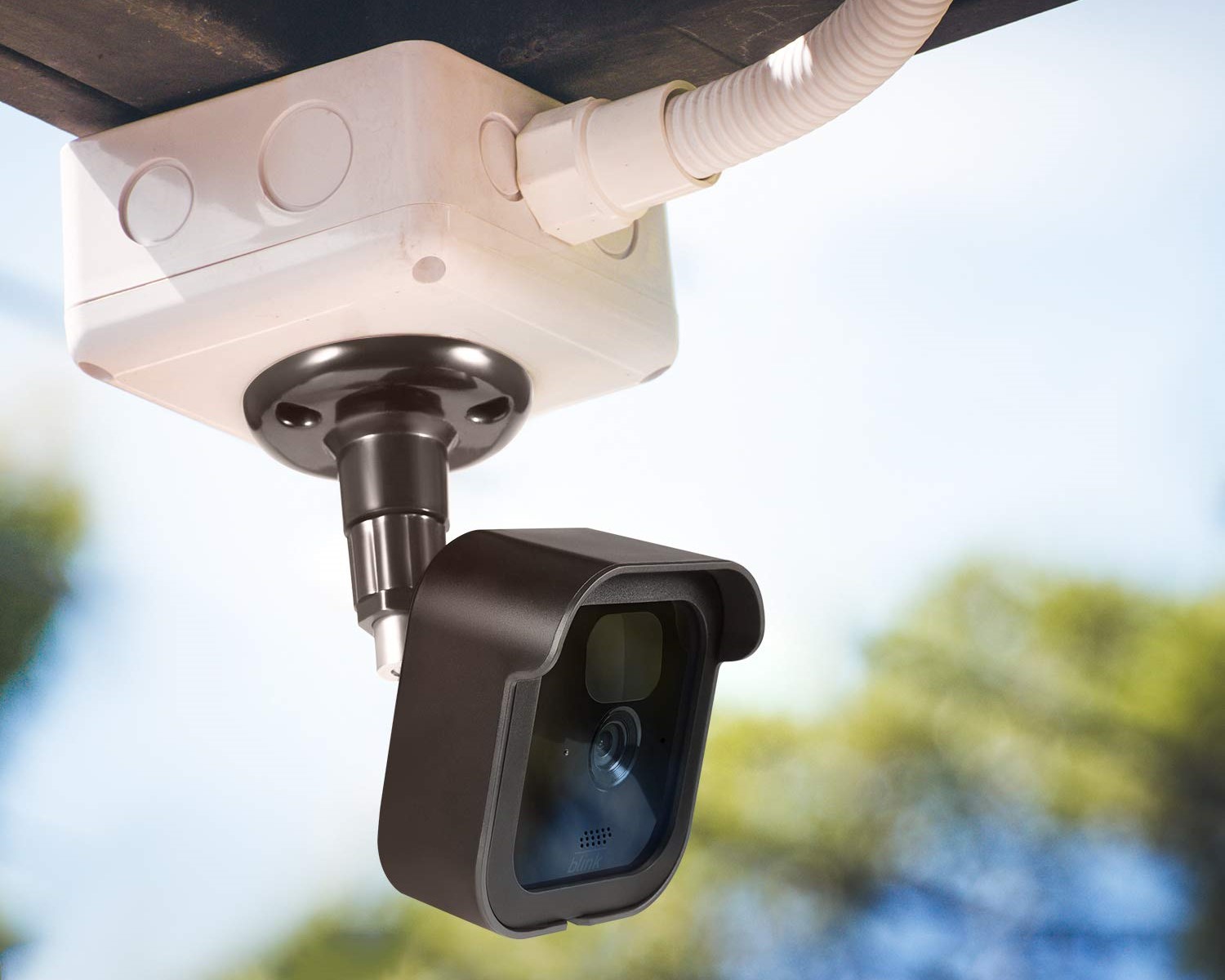Home>Home Security and Surveillance>How Long Do Blink Outdoor Camera Batteries Last
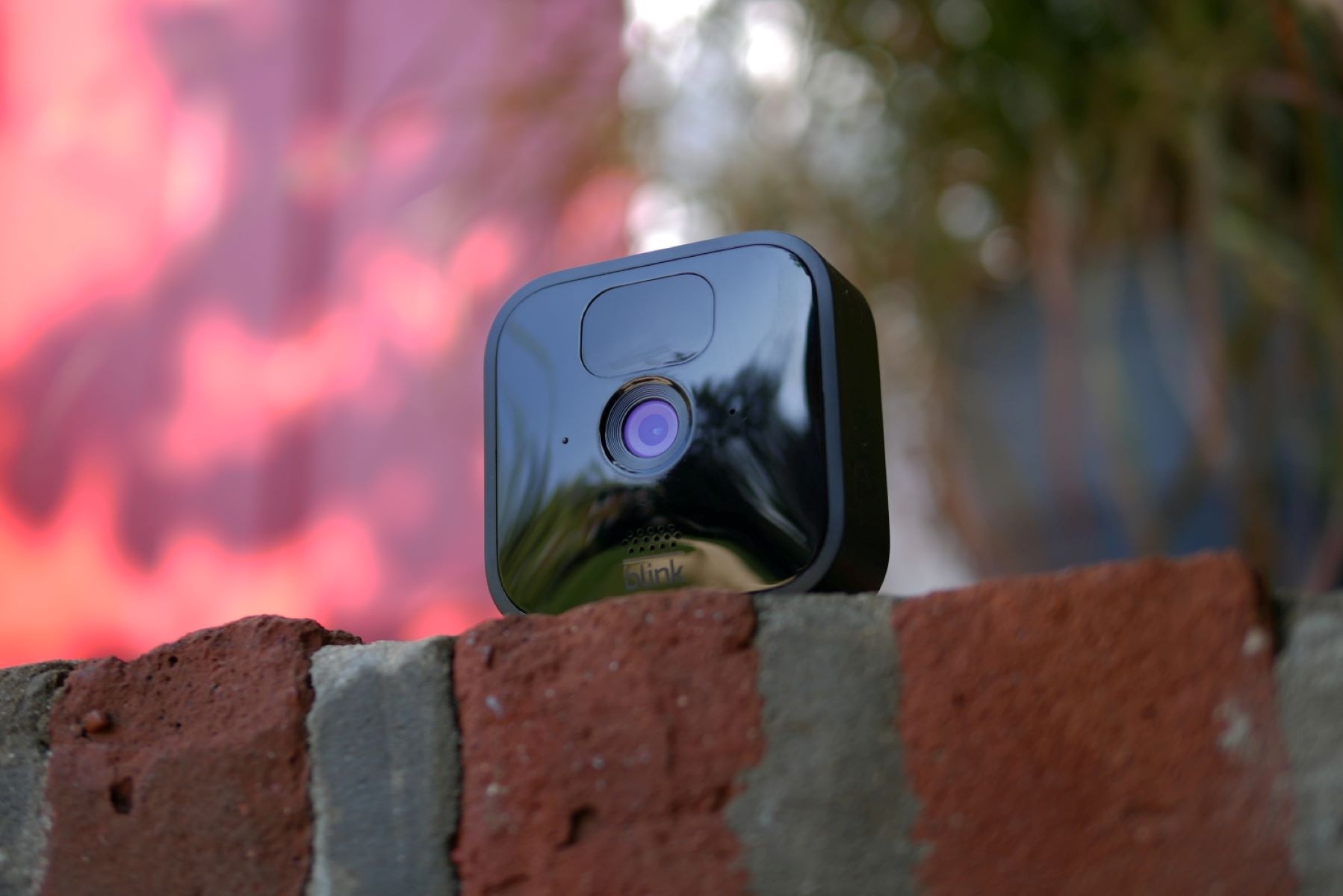

Home Security and Surveillance
How Long Do Blink Outdoor Camera Batteries Last
Modified: March 6, 2024
Ensure your home security and surveillance with Blink Outdoor Camera batteries that last long. Discover how long they can power your peace of mind.
(Many of the links in this article redirect to a specific reviewed product. Your purchase of these products through affiliate links helps to generate commission for Storables.com, at no extra cost. Learn more)
Introduction
Welcome to our comprehensive guide on Blink Outdoor cameras and their battery life. In today’s fast-paced world, home security and surveillance have become essential for many homeowners. With advancements in technology, wireless outdoor cameras like the Blink Outdoor have gained popularity for their ease of installation and versatility. One of the crucial factors to consider when investing in a security camera system is the battery life, as it directly impacts the camera’s reliability and performance.
Blink Outdoor cameras are designed to provide a hassle-free and wire-free security solution for your home. These cameras offer high-quality video recording, motion detection, two-way audio, and can be easily integrated into your existing smart home ecosystem. However, understanding the battery life and how to optimize it is crucial for maintaining uninterrupted surveillance coverage.
In this article, we will delve into the factors that influence battery life, the expected battery life for Blink Outdoor cameras, tips to extend battery life, and troubleshooting common battery performance issues. By the end of this guide, you will have a comprehensive understanding of how to maximize the battery life of your Blink Outdoor cameras and ensure round-the-clock security for your home.
Key Takeaways:
- Maximize Blink Outdoor camera battery life by adjusting settings, managing motion activity, and monitoring temperature. Follow tips to extend battery life and ensure uninterrupted surveillance coverage for your home.
- Understand factors affecting Blink Outdoor camera battery life, such as camera settings, motion activity, and temperature. Utilize scheduling, optimize placement, and monitor battery levels for reliable performance.
Read more: How Long Do Blink Doorbell Batteries Last
Understanding Blink Outdoor Cameras
Blink Outdoor cameras are compact and weatherproof wireless security cameras designed for outdoor surveillance. These cameras offer a range of features, including HD video recording, motion detection, and two-way audio communication. With their easy installation and cloud storage options, Blink Outdoor cameras have become a popular choice for homeowners looking to enhance their home security.
One of the key advantages of Blink Outdoor cameras is their wireless design, which eliminates the need for running cables and makes installation quick and straightforward. These cameras are powered by batteries, providing the flexibility to mount them anywhere around your property without the constraints of an electrical outlet.
Blink Outdoor cameras are equipped with advanced motion detection technology, allowing them to detect movement and trigger recordings when activity is detected. This not only helps in capturing potential security threats but also helps conserve battery life by reducing unnecessary recording.
With built-in infrared night vision, Blink Outdoor cameras can capture clear footage even in low-light or nighttime conditions, ensuring round-the-clock surveillance. Additionally, these cameras offer two-way audio, enabling homeowners to communicate with whoever is near the camera. This feature adds an extra layer of security by allowing you to deter potential intruders or interact with visitors at your doorstep.
To access the footage and control your Blink Outdoor cameras, you can use the Blink Home Monitor app. This user-friendly mobile app allows you to view the live video feed, review recordings, adjust camera settings, and receive motion alerts directly on your smartphone or tablet.
Overall, Blink Outdoor cameras offer a reliable and user-friendly home security solution. With their wireless design, advanced features, and easy integration with your smart home system, these cameras provide peace of mind by keeping a watchful eye on your property.
Factors Affecting Battery Life
Several factors can impact the battery life of Blink Outdoor cameras. It’s important to understand these factors to effectively optimize the performance and longevity of your camera’s batteries. Here are the key factors to consider:
- Camera Settings: The settings you choose for your Blink Outdoor camera can significantly affect battery life. The resolution and frame rate of the video recordings, as well as the sensitivity of the motion detection, can impact how frequently the camera is triggered and how much power it consumes. Adjusting these settings to find the right balance between capturing important footage and conserving battery life is essential.
- Motion Activity: The amount of motion activity in the camera’s field of view can impact battery life. Cameras placed in high-traffic areas or areas with constant movement will require more power to capture the frequent motion events. In contrast, cameras in low-activity areas may experience longer battery life as they are triggered less frequently.
- Temperature: Extreme temperatures can affect battery performance. In very cold temperatures, the battery may drain faster, while in hot temperatures, the battery may have reduced capacity. It’s important to consider the climate in your area and take appropriate measures to protect the cameras from extreme temperature conditions.
- Video Length: The duration of video recordings also impacts battery life. Longer recording times consume more power compared to shorter recordings. Consider the specific surveillance needs of your property and adjust the video length accordingly to optimize battery usage.
- Signal Strength: The signal strength between the camera and the sync module can affect battery life. If the signal is weak, the camera may spend more power trying to maintain a connection. Ensure that the cameras are within an optimal range of the sync module to ensure strong signal strength and efficient battery usage.
- Usage Patterns: How frequently you access and use the Blink Home Monitor app can indirectly affect battery life. Regularly accessing the app and live streaming video can consume additional power. While it’s important to stay connected, try to minimize excessive usage to conserve battery life.
By taking these factors into consideration, you can make informed decisions to maximize the battery life of your Blink Outdoor cameras and ensure consistent surveillance coverage for your home.
Blink Outdoor Camera Battery Life Expectations
The battery life of Blink Outdoor cameras can vary depending on several factors, including camera settings, motion activity, temperature conditions, and video length. While it’s difficult to provide an exact duration for battery life, Blink Outdoor cameras are designed to provide long-lasting performance. On average, the batteries in Blink Outdoor cameras can last up to two years under normal usage conditions.
However, it’s important to note that individual usage patterns and environmental conditions can significantly impact battery life. For example, cameras in high-traffic areas that are frequently triggered may experience shorter battery life compared to cameras in low-activity areas. Similarly, extreme temperatures can affect battery performance and reduce the overall battery life.
It’s essential to monitor the battery level of your Blink Outdoor cameras regularly to ensure they are functioning optimally. The Blink Home Monitor app provides real-time battery status updates, allowing you to keep track of the remaining battery life for each camera. This feature helps you plan ahead and replace or recharge batteries when necessary.
Fortunately, Blink Outdoor cameras use standard AA lithium batteries, which are widely available and easy to replace. This makes it convenient to keep your cameras running smoothly without any downtime.
To help manage battery usage and extend battery life, Blink Outdoor cameras are equipped with power-saving features. These features include motion detection zones, adjustable motion sensitivity settings, and the option to schedule camera activation and deactivation. By customizing these settings to match your specific surveillance needs, you can optimize battery performance without compromising on security.
It’s important to remember that battery life can vary based on individual usage patterns and settings. Regularly reviewing and adjusting camera settings, along with monitoring battery levels, will help ensure reliable performance and extended battery life for your Blink Outdoor cameras.
In cases where optimal battery life is essential, such as for long-term deployment or when access to batteries is limited, Blink offers an optional Blink Outdoor Camera Solar Panel. This solar panel can be connected to the camera to provide a continuous power source and eliminate the need for battery replacements or recharging.
By understanding the battery life expectations and implementing appropriate measures, you can enjoy long-lasting and reliable surveillance coverage with Blink Outdoor cameras for your home.
Tips to Extend Battery Life
Maximizing the battery life of your Blink Outdoor cameras is essential for continuous surveillance coverage. Here are some tips to help you extend the battery life and optimize the performance of your cameras:
- Optimize Camera Placement: Carefully select the location for your Blink Outdoor cameras. Avoid placing them in high-traffic areas with constant motion, as this will trigger frequent recordings and drain the batteries faster. Instead, position the cameras strategically to cover important entry points and areas that require surveillance.
- Tweak Motion Detection Settings: Adjust the motion detection sensitivity and motion detection zone settings according to your specific needs. By fine-tuning these settings, you can reduce unnecessary motion triggers and conserve battery power.
- Manage Camera Settings: Review the camera settings regularly and disable unnecessary features that may consume extra power. For example, reducing the video resolution and frame rate can help extend battery life without compromising on essential surveillance capabilities.
- Utilize Scheduling Functionality: Take advantage of the scheduling feature in the Blink Home Monitor app to activate and deactivate your cameras during specific time periods. This allows you to focus surveillance on critical periods while conserving battery life during quieter hours.
- Maintain Strong Signal Strength: Ensure that your Blink Outdoor cameras have a strong and stable connection with the sync module. Weak signal strength can result in increased power consumption as the camera tries to maintain a connection. Repositioning the sync module or adding a Wi-Fi extender can help improve signal strength and conserve battery life.
- Monitor and Optimize Video Length: Review the duration of video recordings and adjust it based on your needs. Avoid unnecessarily long recordings, as they consume more power. Find the optimal balance between capturing important footage and conserving battery life.
- Protect Cameras from Extreme Temperatures: Extreme temperatures can impact battery performance. Keep your Blink Outdoor cameras away from direct sunlight, as excessive heat can reduce battery capacity. Similarly, in cold weather, use accessories like silicone skins or camera enclosures to provide some insulation and protection.
- Regularly Update Firmware: Stay up to date with the latest firmware updates provided by Blink. These updates often include performance improvements and bug fixes that can enhance battery life and overall camera performance.
By implementing these tips and maintaining a proactive approach to managing your Blink Outdoor cameras, you can significantly extend the battery life and ensure uninterrupted surveillance coverage for your home.
Read more: How Long Do Security Camera Batteries Last?
Changing and Charging Batteries
When the battery level of your Blink Outdoor cameras starts to run low, it’s important to know how to change or recharge the batteries to maintain uninterrupted surveillance coverage. Here’s a step-by-step guide on how to change and charge the batteries:
Changing Batteries:
- Access the Blink Home Monitor app and navigate to the camera settings.
- Select the camera for which you need to change the batteries.
- Locate the battery compartment on the back of the camera.
- Open the battery compartment by sliding or lifting the cover.
- Remove the existing batteries from the camera.
- Insert fresh AA lithium batteries into the battery compartment, ensuring they are positioned correctly based on the polarity markings.
- Close the battery compartment cover securely.
- Wait for the camera to power on and establish a connection with the sync module.
Charging Batteries:
- If you have the Blink Outdoor Camera Solar Panel, connect it to the camera using the included cable. This will provide a continuous power source, eliminating the need for battery replacements or recharging.
- If you do not have the solar panel, remove the batteries from the camera.
- Place the batteries into a compatible battery charger.
- Follow the manufacturer’s instructions for charging the batteries. It’s important to use a charger specifically designed for lithium batteries to ensure safe and efficient charging.
- Allow the batteries to charge fully until they reach their maximum capacity.
- Once the batteries are fully charged, remove them from the charger.
- Insert the fully charged batteries back into the camera, ensuring they are positioned correctly based on the polarity markings.
- Close the battery compartment cover securely.
- Wait for the camera to power on and establish a connection with the sync module.
It’s important to note that the battery life of Blink Outdoor cameras can vary, and the frequency of changing or recharging batteries will depend on factors such as camera settings and usage patterns. Regularly monitoring the battery levels through the Blink Home Monitor app will help you stay informed and plan battery changes or recharging accordingly.
By following these steps and maintaining a consistent approach to battery maintenance, you can ensure that your Blink Outdoor cameras are always powered and ready to provide reliable surveillance for your home.
Troubleshooting Battery Performance Issues
While Blink Outdoor cameras are designed to provide long-lasting battery life, there might be instances where you encounter performance issues. Here are some common troubleshooting steps to address battery-related problems:
1. Check Battery Level:
Start by checking the battery level of your Blink Outdoor cameras through the Blink Home Monitor app. If the battery level is low, it’s time to change or recharge the batteries following the steps mentioned earlier.
2. Optimize Camera Settings:
Review the camera settings and make sure they are optimized for efficient battery usage. Adjust the motion detection sensitivity, video length, and other settings to find the right balance between surveillance coverage and battery conservation.
3. Verify Motion Detection Zones:
Double-check the motion detection zone settings in the app. Ensure that the camera is only monitoring the areas that require surveillance. Eliminating unnecessary motion detection zones can minimize false triggers and extend battery life.
4. Improve Signal Strength:
If the signal strength between the camera and the sync module is weak, it can result in increased power consumption. Reposition the sync module or consider adding a Wi-Fi extender to improve the connectivity and conserve battery life.
5. Check for Firmware Updates:
Regularly check for firmware updates for your Blink Outdoor cameras. Updates often include performance improvements and bug fixes that can help optimize battery usage and overall camera performance.
6. Monitor Temperature Conditions:
Extreme temperatures can impact battery performance. Take measures to protect your Blink Outdoor cameras from extreme heat or cold. Use accessories like silicone skins or camera enclosures to provide insulation and shield the cameras from direct sunlight.
7. Ensure Proper Placement:
Ensure that your Blink Outdoor cameras are appropriately placed to avoid unnecessary triggers. Highly trafficked areas might require additional adjustments to reduce motion detection and conserve battery power.
8. Verify Battery Compatibility:
Ensure that you are using AA lithium batteries, as they are specifically recommended for use with Blink Outdoor cameras. Other battery types may not provide optimal performance or battery life.
If you have tried these troubleshooting steps and are still experiencing battery-related issues, it may be necessary to reach out to Blink customer support for further assistance. They can provide personalized guidance and help resolve any persistent problems you may be facing.
By identifying and addressing battery performance issues promptly, you can ensure optimal battery life for your Blink Outdoor cameras and maintain reliable home security surveillance.
Conclusion
Investing in Blink Outdoor cameras for your home security and surveillance needs provides a convenient and reliable solution. Understanding the factors that affect battery life and implementing strategies to maximize battery performance is essential for maintaining uninterrupted surveillance coverage.
By following the tips provided in this guide, such as optimizing camera settings, managing motion detection, scheduling camera activity, and monitoring battery levels, you can extend the battery life of your Blink Outdoor cameras. These simple actions can help ensure that your cameras are always ready to capture any security events and provide you with peace of mind.
Additionally, troubleshooting common battery performance issues and maintaining proper battery-changing and charging practices will further enhance the overall performance of your cameras.
Remember that individual factors such as camera usage, motion activity, temperature conditions, and camera settings can impact battery life. Regularly reviewing and adjusting these settings to fit your specific needs is crucial for optimized battery performance.
By taking the necessary steps to maximize the battery life of your Blink Outdoor cameras, you can enjoy consistent surveillance coverage without interruptions. Monitoring your cameras, checking battery levels, and making timely adjustments will ensure that your home remains secure, both day and night.
With Blink Outdoor cameras, you have a reliable home security solution that is easy to install, wireless, and flexible. By prioritizing battery optimization and following the recommendations in this guide, you can enjoy long-lasting and efficient performance from your Blink Outdoor cameras.
Frequently Asked Questions about How Long Do Blink Outdoor Camera Batteries Last
Was this page helpful?
At Storables.com, we guarantee accurate and reliable information. Our content, validated by Expert Board Contributors, is crafted following stringent Editorial Policies. We're committed to providing you with well-researched, expert-backed insights for all your informational needs.
